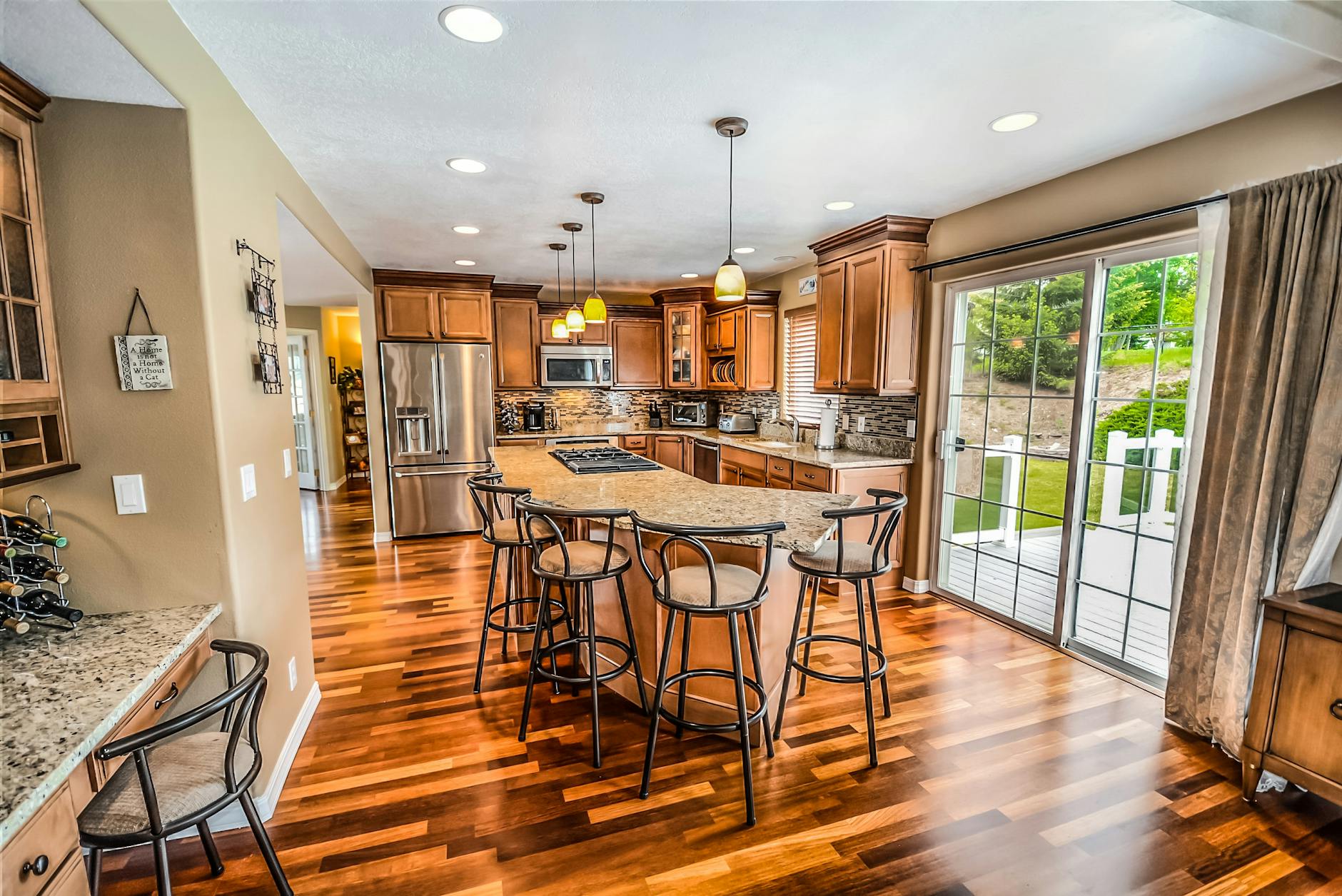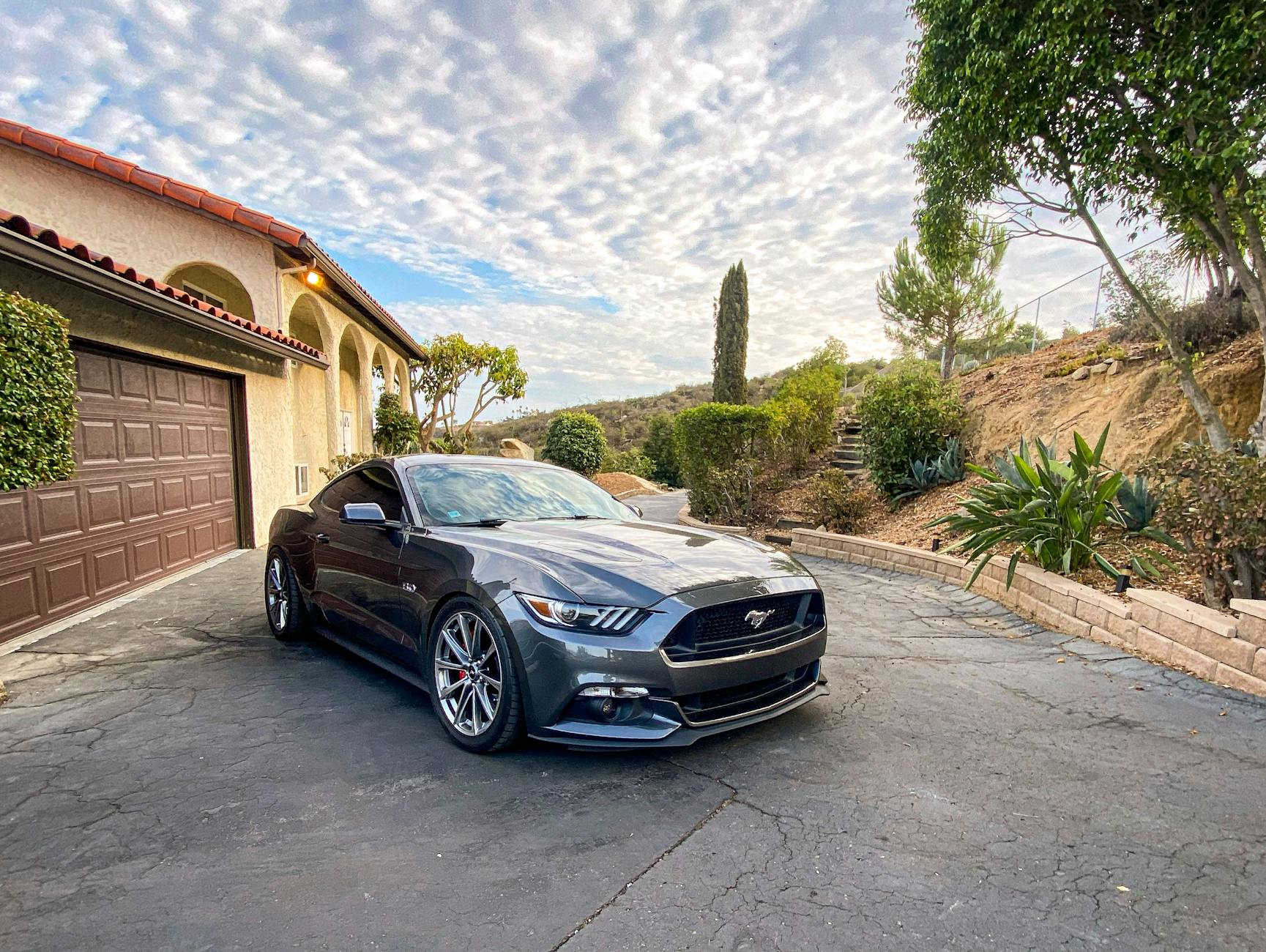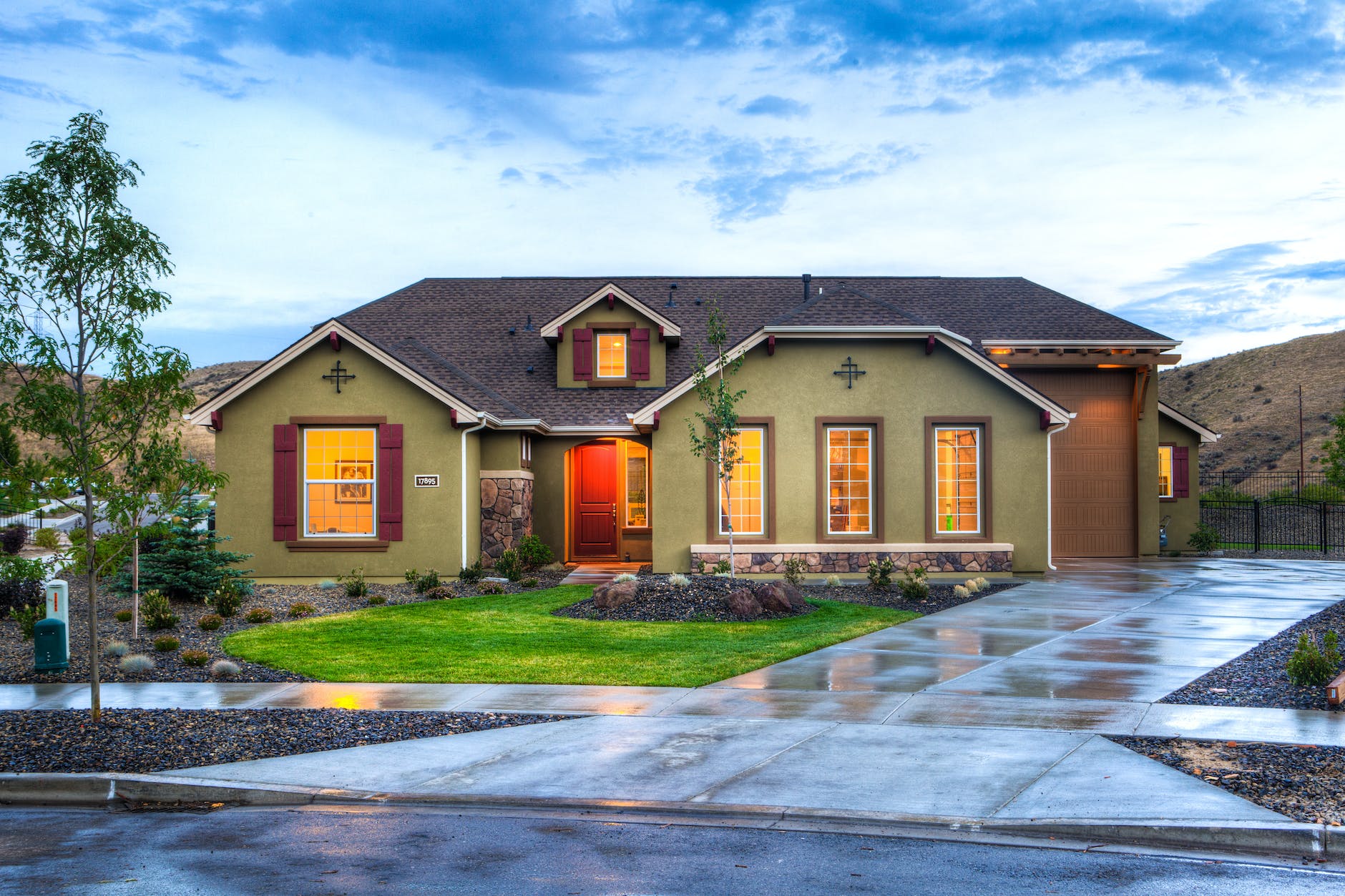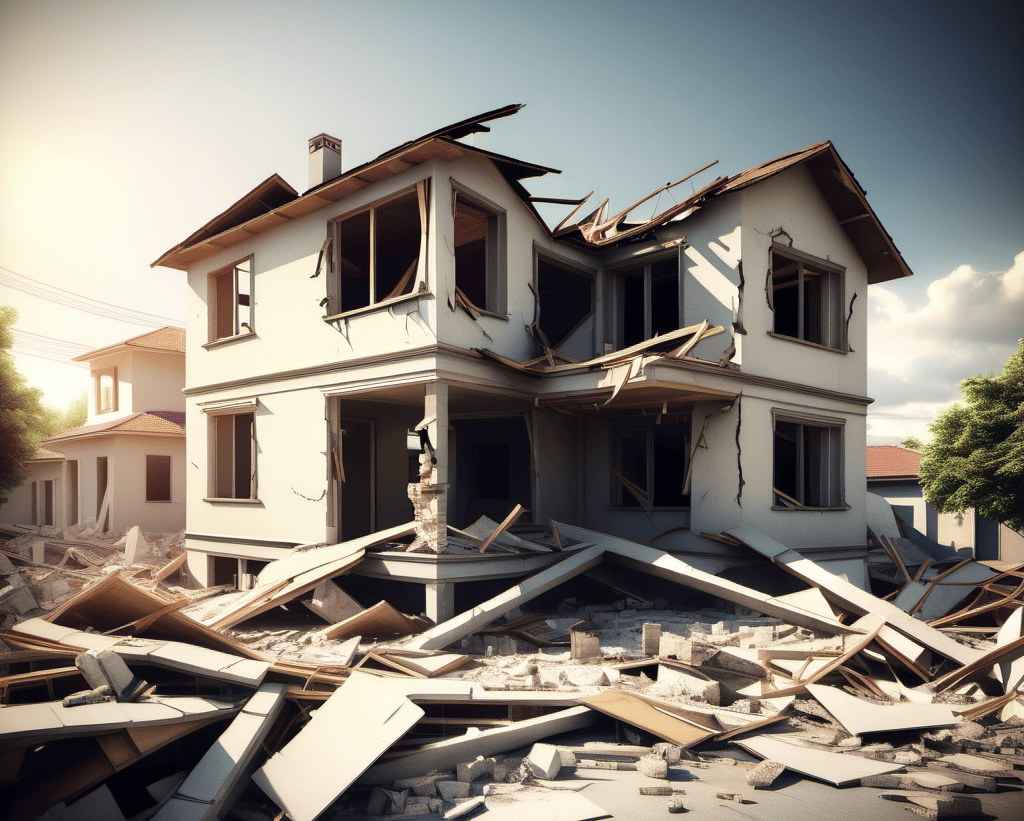
Trusted Homeowner insurance
CALIFORNIA licensed Broker
Bundle your car & home, unlock huge savings.
Bundle your ride & your roost, save on both!


CALIFORNIA licensed Broker
What Does Homeowners Insurance Cover?
Covers: Dwelling, belongings, additional living expenses (if displaced)
Limited coverage: Valuable items
Not covered: Personal liability and legal fees
‒South Pointe Insurance Agency
Learn Homeowner Insurance
What Is Covered By Homeowners Insurance?
The homeowners policy contains two sections. Section I
provides property coverages (A, B, C and D) while Section II
provides liability coverages (E and F). A brief description of
the individual coverages follows:
- Coverage A — Dwelling
- Coverage B — Other Structures
- Coverage C — Personal Property
- Coverage D — Loss of Use
- Coverage E — Personal Liability
- Coverage F — Medical Payments to Others
Coverage A – Dwelling
Coverage A provides major property coverage that protects
your house and attached structures if it is damaged by a
covered peril.
Coverage B – Other Structures
This coverage provides protections to other structures
on the residence premises that are not attached to the
dwelling. Items covered include detached garages, tool
sheds, etc. Coverage B is normally limited to 10% of
the coverage A limit. However, you may purchase more
coverage for an additional premium.
Coverage C – Personal Property
This coverage provides protection for the contents of your
home and other personal belongings owned by you and
other family members who live with you. Coverage C is normally 50% of coverage A or is subject to an established amount agreed upon by you and the insurance company. Coverage is limited on certain types of property that are especially susceptible to loss, such as:
- Jewelry
- Antiques
- Furs
- Collectibles
- Fine arts
- Firearms
- Silverware
- Money
Coverage D – Loss of Use
This coverage will help with additional living expenses if
your home is damaged by a peril insured against to the
extent that you cannot live in your home. These expenses
include, but are not limited to, housing, meals and
warehouse storage. Coverage D is normally limited to 20
percent of Coverage A.
Coverage E – Personal Liability
This section of the homeowners policy will provide
coverage in the event you or a resident of your household
are legally responsible for injury to others. Coverage E
normally provides a defense and will pay damages, as
the insurance company deems appropriate. There are
some exceptions. The liability coverage will not protect
you in all situations, such as an intentional act. All of
the exclusions and specific language can be found in your
policy.
Coverage F – Medical Payments to Others
This coverage pays for reasonable medical expenses for
persons accidentally injured on your property. For example,
if a neighbor’s child is injured while playing in your home, the
medical payments portion of your homeowners policy may
pay for necessary medical expenses. Medical payments coverage does not apply to your injuries or injuries of those who reside in your household. It is not a substitute for health insurance. Business activities are also excluded. All of the exclusions and specific language can be found in your policy.
Replacement Cost Value vs. Actual Cost Value.
Replacement cost value is the amount it will take to replace your property or belongings without any deduction for depreciation. Actual cash value is the replacement cost value, minus depreciation.
What Limits Should I Set on My Policy?
The “dwelling” limit should be the amount it would cost to
replace your home. This may have nothing to do with the
purchase price or the current market value of your home,
as homeowners insurance does not generally cover the
value of the land upon which your dwelling sits. Therefore,
when determining the appropriate amount of coverage
to purchase, you should consider the cost of labor and
materials necessary to rebuild the dwelling, not fluctuations
in the real estate market.
Home Protection Contracts.
Home Protection Contracts (commonly called home
warranties) protect homeowners from repair costs
that aren’t covered by homeowners insurance. Home
protection contracts cover such things as the plumbing,
heating, electrical, and major appliances. Structural items
are generally not covered. Home protection contracts will usually cover malfunctions of major appliances such as washers, dryers, ovens, and refrigerators. In some cases, or for additional fees, the warranty might extend to air conditioning units, garbage disposals, doorbells, ceiling fans, garage-door openers, water softeners, trash compactors, and built-in microwaves. It is important to note that a home protection contract is not an insurance policy
(NFIP) administered by FEMA.
This federally backed flood insurance available in communities that adopt and enforce floodplain management ordinances to reduce future flood losses. The maximum coverage amounts for a single-family home are $250,000 for the structure and $100,000 for its contents. Renters may also purchase up to $100,000 of coverage for their personal belongings. For information about flood insurance, property owners or renters should contact their insurance agent, call the NFIP’s Referral Center toll-free at 1-888-379-9531 or visit the NFIP’s website, floodsmart.gov.
Surplus Lines Market
If you are having difficulty finding the coverages you want,
you may try obtaining coverage in the “surplus lines” market.
Ask your agent or broker if they are able to obtain coverage
with a surplus lines insurer or obtain coverage through a
surplus lines broker. Please note that surplus lines insurers
are not backed by the California Insurance Guarantee
Association.

Let us help.
Achieve all your goals in one place














